
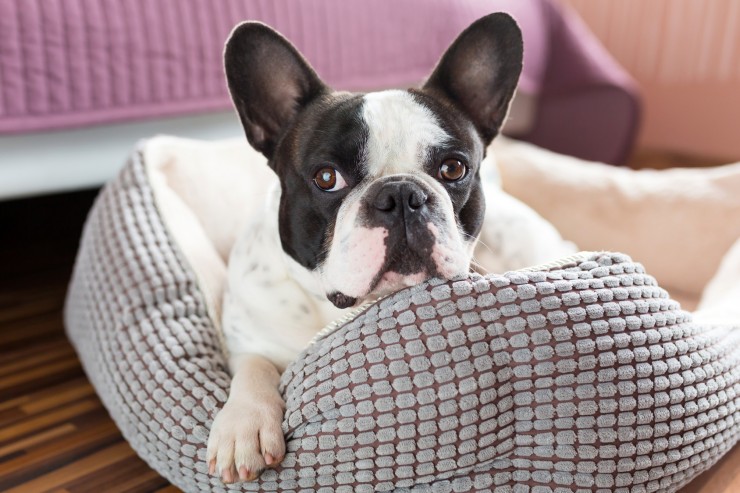
All dog owners know that there are a whole range of chemicals, plants and even common foodstuffs that can potentially prove harmful or toxic to dogs, and take pains to ensure that their dogs never come into contact with them. However, one often overlooked source of poisoning that can affect every member of the household including the dog is CO or carbon monoxide poisoning, which is often referred to as “the silent killer.”
Carbon monoxide is a tasteless, colourless and odourless gas that is undetectable by our normal senses, but which can quickly lead to sickness and even death in dogs or people that are exposed to it. Carbon monoxide can build up within the bloodstream over time too, causing a dangerous toxicity that is known as carbon monoxide poisoning.
Learning more about carbon monoxide, how it is produced and how to stay safe is vital, both to protect your dog and other pets, and also to keep yourself and your family safe too.
In this article, we will look at carbon monoxide poisoning in dogs in more detail. Read on to learn more.
Carbon monoxide is a gas that can be produced by a whole range of things, including atmospheric pollution and faeces! This type of carbon monoxide is present at low levels within the environment at all times within safe parameters, but certain devices and appliances also produce carbon monoxide, which can ultimately cause a problem.
Gas boilers, cookers and heaters, sulphureting batteries, car exhaust emissions and solid fuel stoves all produce carbon monoxide, to name just a few! The ways in which these appliances are kept safe and do not cause a problem with safe usage involve either venting the carbon monoxide outside of the home or car (such as by means of the chimney, exhaust pipe, extractor fan or flue) or by ensuring that they are used only in open, well ventilated spaces, as is the case with portable gas fires and camping stoves.
However, should any of these systems fail; for instance, if your gas boiler develops a leak or you run your car engine within a closed up garage, the carbon monoxide levels will increase to a potentially dangerous level.
There are a multitude of means by which you can ensure that you keep your dog and your family safe from carbon monoxide poisoning, and the main one of these is identifying which of your appliances have the potential to produce carbon monoxide, and keeping these well vented, in safe working condition, and checked and tested regularly by professionals.
Rented homes must by law undergo a Gas Safe check and certification every year, in order to prevent needless loss of life from carbon monoxide poisoning. Even if you own your own home, you should pay special attention to appliances that can generate carbon monoxide, and ensure that they are tested by a professional and kept safe.
It is also a great idea to install some CO alarms within your home as well as your smoke alarms, to provide an early alert of higher than usual carbon monoxide levels.
Carbon monoxide is known as the silent killer, as it can prove fatal without the affected party ever realising that anything is amiss. You cannot detect carbon monoxide by taste, smell or sight, and lethargy is one of the core symptoms of high carbon monoxide levels, which can lead to unconsciousness and coma, or simply slipping away due to poisoning while asleep.
Smaller animals with a smaller lung capacity will tend to prove more sensitive to high levels of carbon monoxide than larger animals such as people, which is why knowing the symptoms in your dog and other pets is so important. Not only may you be able to save your dog’s life, but also potentially protect your family too!
The most common indications of acute carbon monoxide poisoning in the dog include:
If you spot any of these symptoms in combination, particularly in smaller animals, take them outside ASAP and ventilate the home, as well as getting all of your other animals and family outside too. If the affected animal appears to improve rapidly once outside, you may potentially have a dangerously high level of carbon monoxide present in your home, and this should be treated as an emergency that will require both veterinary care for your dog, a visit to hospital for your family (even if you all feel fine) and the urgent attendance of a professional that can test your home’s CO levels and find the root of the problem.
Carbon monoxide levels can also build up in the blood over time before it presents with symptoms, so if yourself and other members of your family seem to be suffering from a general malaise that includes headaches, lethargy and other similar symptoms that seem to lessen when you are outside of the home, don’t rule out a low-level carbon monoxide leak that may ultimately lead to poisoning within your family and pets either.
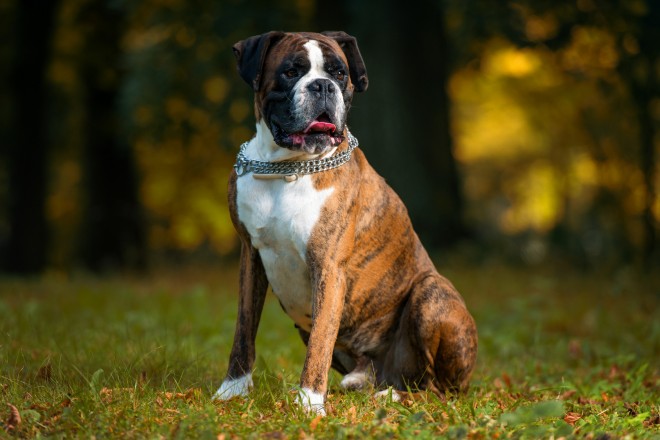 Canine Hypothyroidism
Canine Hypothyroi
Canine Hypothyroidism
Canine Hypothyroi
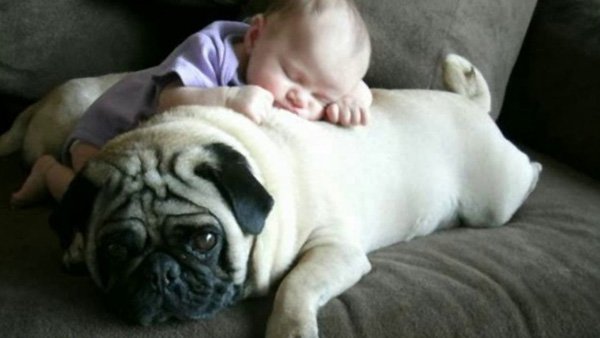 Colors of Great Dane Available while Purchasing
Colors of Great Dane Available while Purchasing
Colors of Great Dane Available while Purchasing
Colors of Great Dane Available while Purchasing
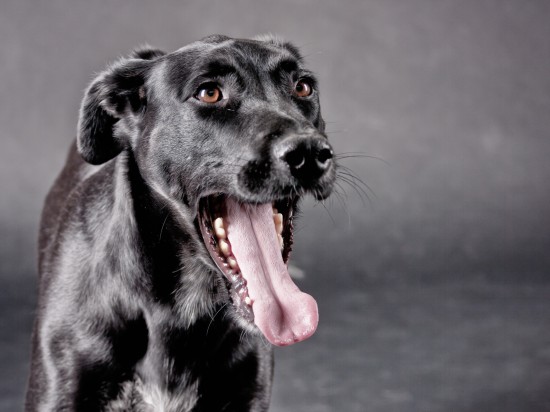 Decoding Your Dog’s Calming Signals
Decoding Your Dog
Decoding Your Dog’s Calming Signals
Decoding Your Dog
 Accessories for Pets – Dog Leads and Collars
Accessories for Pets – Dog Leads and Collars
D
Accessories for Pets – Dog Leads and Collars
Accessories for Pets – Dog Leads and Collars
D
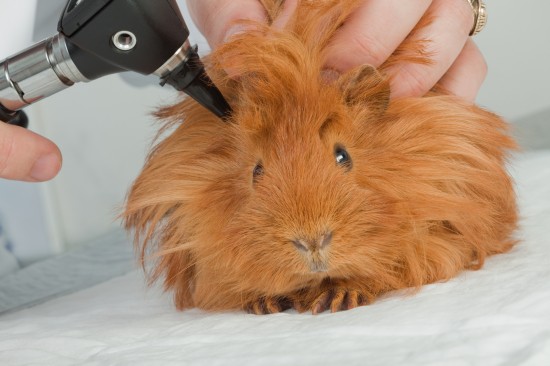 How To Deal With Ear Infections In Guinea Pigs
How To Deal With
How To Deal With Ear Infections In Guinea Pigs
How To Deal With
Copyright © 2005-2016 Pet Information All Rights Reserved
Contact us: www162date@outlook.com